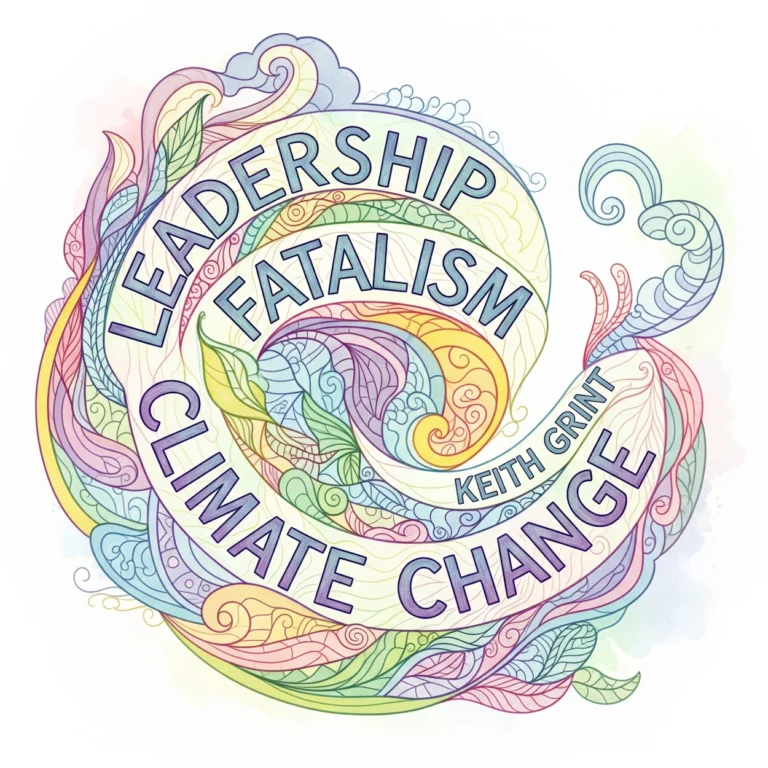Gender diversity in workplaces has long been a hot topic, and the Tasmania Fire Service (TFS) is no exception. With traditional norms deeply embedded in its culture, TFS faces significant challenges in creating a more inclusive workforce. A recent presentation dives into these issues, leveraging insights from renowned leadership scholars and cutting edge AI technology to bring this complex subject to life.
The Gender Diversity Challenge
The TFS exemplifies the intricate relationship between leadership, culture, and context in shaping gender diversity. Formal leadership at TFS has outlined strategic goals for inclusivity, but informal leadership the day to day influence of brigade officers often resists these changes. This duality creates a “wicked problem,” as described by Grint (2005), where entrenched traditional masculine values act as barriers to progress.
Despite these challenges, addressing gender diversity is vital. Research shows that diverse teams, including women, outperform homogeneous teams in problem solving and innovation. However, without embedding diversity as a core strategic capability, TFS risks compromising its operational resilience and ability to engage effectively with Tasmania’s diverse communities.
The Gender Diversity Challenge at TFS Presentation
Highlights of the Gender Diversity Presentation
The presentation explores these themes using innovative storytelling methods. Professor Keith Grint‘s cameo adds to the commentary, with the inclusion of AI generated voices and actors to further enhances the experience, creating a dynamic and engaging narrative that underscores the urgency of addressing these issues.
Key recommendations from the talk include establishing an Inclusivity Task Force (ITF) to bridge the gap between formal policies and informal cultural norms. The ITF would comprise formal leaders, informal leaders, and external stakeholders, fostering trust and legitimacy in diversity initiatives. This approach aligns with contemporary leadership theories emphasising collaboration and adaptability.
Practical Steps Towards Inclusion
To effect meaningful change, TFS must revamp its recruitment and promotion frameworks via the ITF. Measures such as adopting gender neutral language, implementing blind selection processes, and using diverse interview panels can mitigate implicit biases and create equitable opportunities. Mentorship programs targeting underrepresented groups further support these efforts, showcasing TFS as an inclusive employer.
Cultural transformation is equally crucial. Training programs focused on emotional intelligence, inclusive communication, and conflict resolution can empower leaders to model behaviours that promote inclusivity. These initiatives not only address informal leadership dynamics but also strengthen organisational adaptability.
The Path Forward for Gender Diversity
Continuous monitoring of diversity metrics and cultural indicators is essential for sustained progress. Transparency in reporting and benchmarking against national standards ensures accountability and fosters collective ownership of diversity goals. Recognition initiatives, such as annual awards for inclusivity champions, can further embed a culture of diversity within TFS.
Gender diversity is more than a checkbox exercise, it’s a strategic necessity to ensure longevity in an ever changing world. Read the academic paper the presentation is based off.
Contact Tim Heath today to discuss gender diversity in your workplace.







Leave a Reply